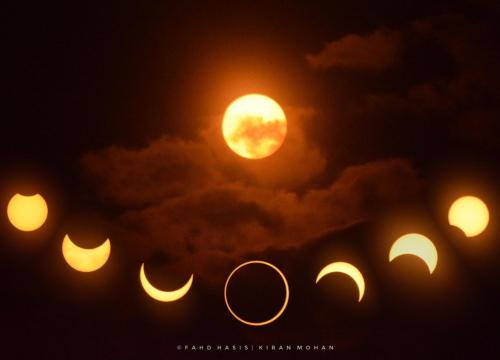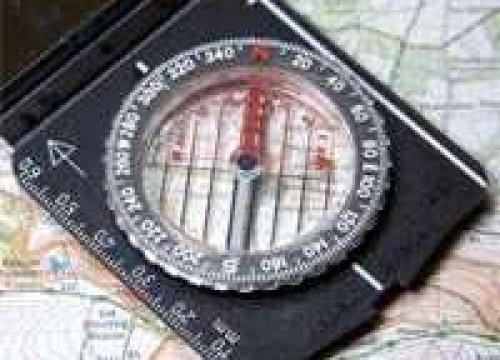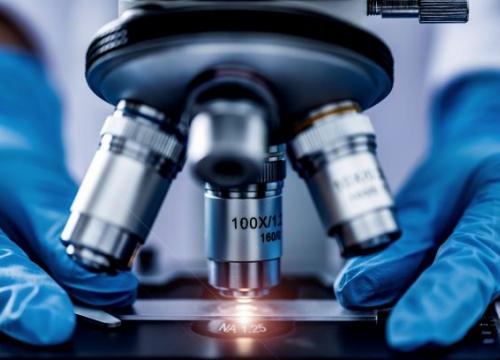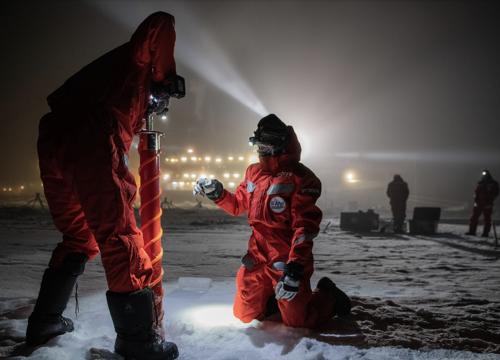Dr. Julio Sepúlveda presents: What do fossil molecules tell us about Earth’s history and the extinction of dinosaurs?
Goals Header
About the Presenter
Dr. Julio Sepúlveda is an Earth scientist who studies the co-evolution of life and climate over geological timescales, all the way until today. He is particularly interested in intervals in Earth’s history when global temperatures were similar or even warmer than today, and more like what we expect for our planet to experience in the future if humankind continues to burn fossil fuels and release greenhouse gases to the atmosphere. He does this by studying fossil fat molecules (known as biomarkers) preserved in the layers of mud that accumulate at the ocean floor over centuries, millennia, or even millions of years. Biomarkers are produced by all forms of life on Earth, such as cholesterol in animals, and they tell us something about their biological sources, their life styles, and the chemistry of the environments where they once lived. In a nutshell, by studying biomarkers in the geologic record we can reconstruct how life responded to global change in the past, and thus infer how it can respond in the future.
Julio is an assistant professor in the Department of Geological Sciences at the University of Colorado Boulder and performs research as a member of the Institute of Arctic and Alpine Research.
His research has been featured in a number of recent articles, such as this New York Times article on algae, this New Scientist article on the asteroid that killed the dinosaurs, and this New York Times article on the extinction of dinosaurs.
Recommended Activities for e-Learning
Elementary:
Explore foundational concepts about fossils with these two elementary level resources.
Fun with Fossils: In this lesson, students create their own fossils, and then use multimedia resources to learn how real fossils form and what scientists can learn from them. This resource is has many online components and the rest can be adapted.
Stories from the fossil record: The purpose of Stories From the Fossil Record is to provide students with a basic understanding of how fossils can be used to interpret the past. There are four different pathways to explore: Biodiversity, Geologic Time, Paleoecology, and Past Lives. Each pathway has an interactive slideshow for students to explore. It is tailored to upper elementary or middle school students.
Middle or High:
A Fossil Thermometer: In this activity, students calculate temperatures during a time in the geologic record when rapid warming occurred using a well known method called 'leaf-margin analysis.' Facsimiles of fossil leaves from two collection sites are examined, categorized, and the data is plugged into an equation to provide an estimate of paleotemperature for two sites in the Bighorn Basin.
Approximate Proxies: This activity has students explore the sediment in Lake El'gygytgyn, (pronounced EL-ge-GIT-gin) located in NE Siberia. This lake holds one of the longest records of climate change anywhere in the continental Arctic. The driving question in this activity is: How does sediment (clay and mud) tell us something about past climate? Students use proxy data to understand the past. This resource can be adapted for virtual use.
Paleoclimate Reconstruction Lab: In this activity, students reconstruct past climates using lake varves as a proxy to interpret long-term climate patterns. Students use data from sediment cores to understand annual sediment deposition and how it relates to weather and climate patterns.
Lab Exercise: Exploring the Neotoma Paleoecology Database This lab introduces students and other interested users to the Neotoma Paleoecology Database and Neotoma Explorer, its webtool for finding, exploring, visualizing, and downloading paleoecological data. Neotoma DB is a public-access and community-supported repository of paleoecological data, mostly from the late Quaternary. These data are widely used by scientists to study species responses to past climate change.












